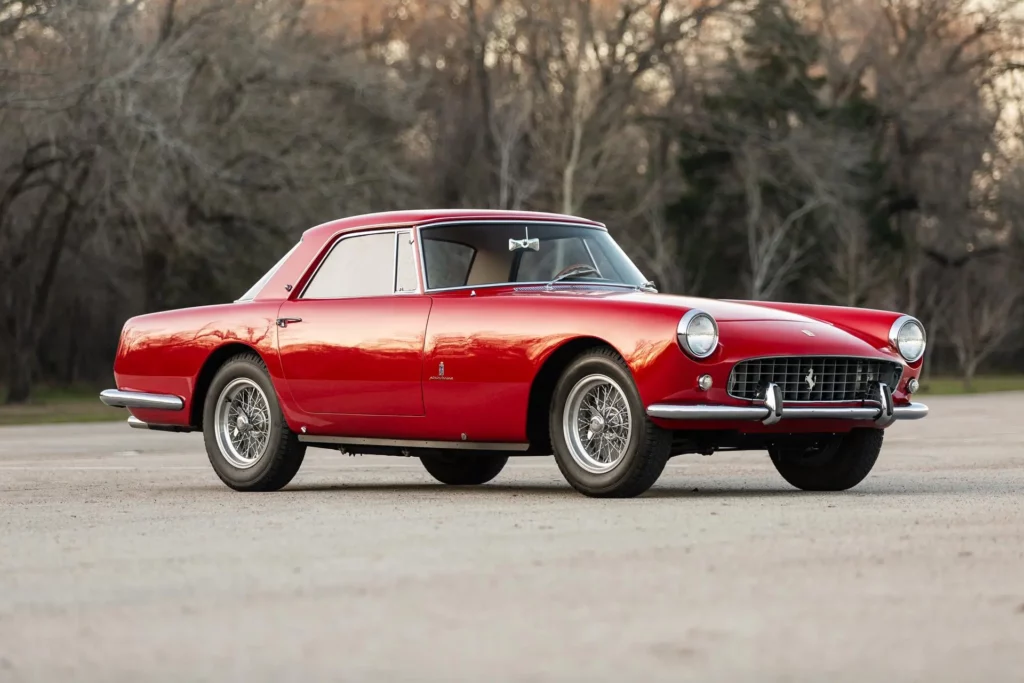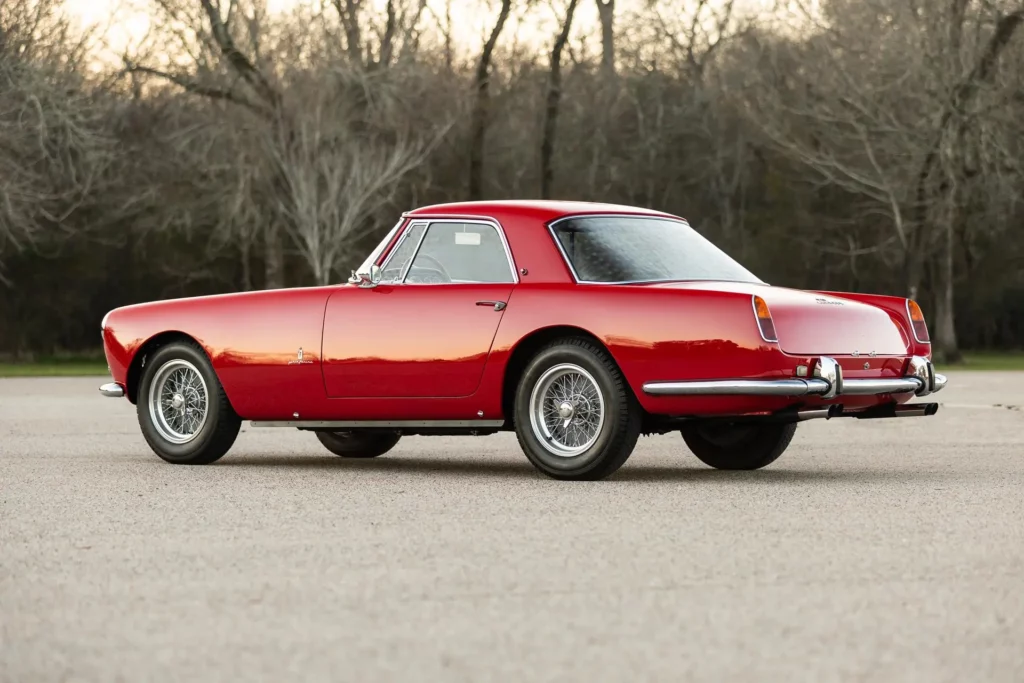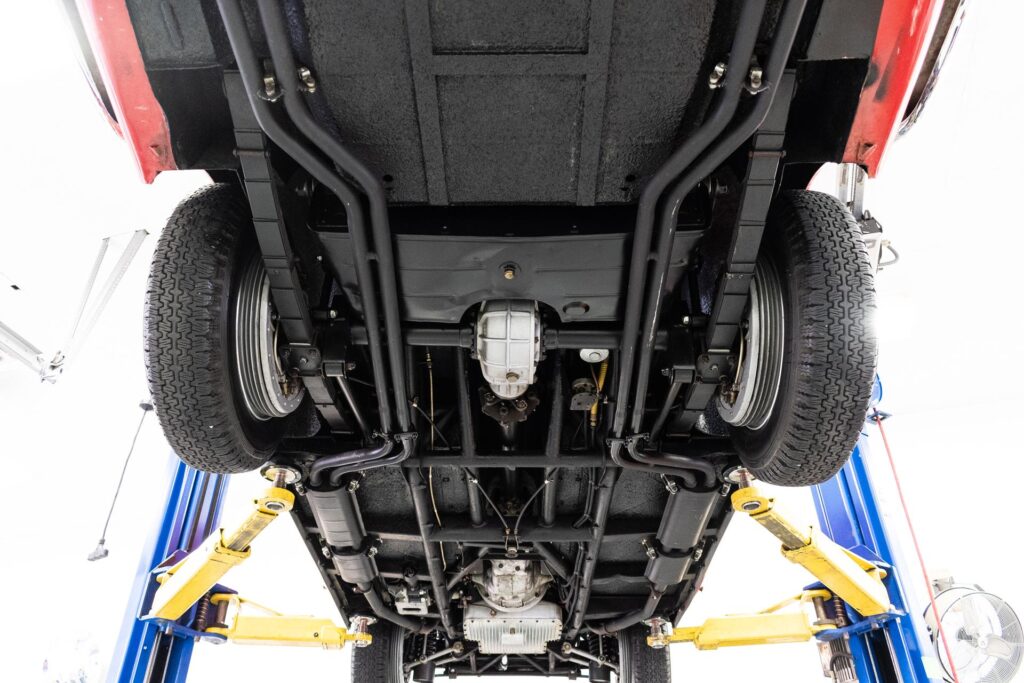The automotive industry’s history is peppered with timeless icons, and the Ferrari 250 Coupé holds a prestigious place among the legends of the motoring world. Designed in the 1950s, this car not only represents a milestone for the Italian automotive house but is also a four-wheeled work of art. In the context of vintage car restoration, the Ferrari 250 Coupé stands out as a true masterpiece, requiring special care and mastery to preserving its authenticity.

The Variants of the Ferrari 250 Coupé
The saga of the Ferrari 250 Coupé commences with the inception of the 250 Europa in 1953-1954, boasting a mere 18 chassis, 3 crafted by Vignale and 15 by Pininfarina, including a sophisticated cabriolet. Evolving from the 250 Europa, the GT emerged with a compact V12 engine designed by Gioachino Colombo, with only 34 units built between 1955 and 1956, including a unique right-hand-drive specimen.
The 250 GT Boano, designed by Pininfarina and produced by Carrozzeria Boano to allow for higher production volumes, represents a stylistic evolution. A total of 68 were built, 22 of which had aluminum bodies.
In 1957, Boano took over the direction of the FIAT Style Center and left the company, handing over control to his son-in-law, Ellena. This led to a change in the name of the bodywork and a renewal of the car’s design, resulting in the 250 GT Ellena, produced between 1957 and 1958 in 50 units: 7 with a lowered roof and 43 with a high roof.
In 1957, Pininfarina played a pivotal role in production, launching the 250 GT Coupé Pinin Farina, also known as Series 2 to distinguish it from previous versions, produced in 359 units between 1957 and 1961.

The Heart of the Ferrari 250: the Exhaust System
The F250 is the first Ferrari car historically associated with the concept of “mass production”. However, although the exhaust system follows a recurring pattern, it presents specific variations depending on the model and requires particular expertise for installation.


Over the years, Tubi Style has gained the necessary experience through numerous restoration projects to reproduce an exhaust system identical to the original and provide direct support in the installation process on the car.
Tubi Style exhaust lines are distinguished by the precision of details and craftsmanship and ensure a result as faithful as possible to the original.





